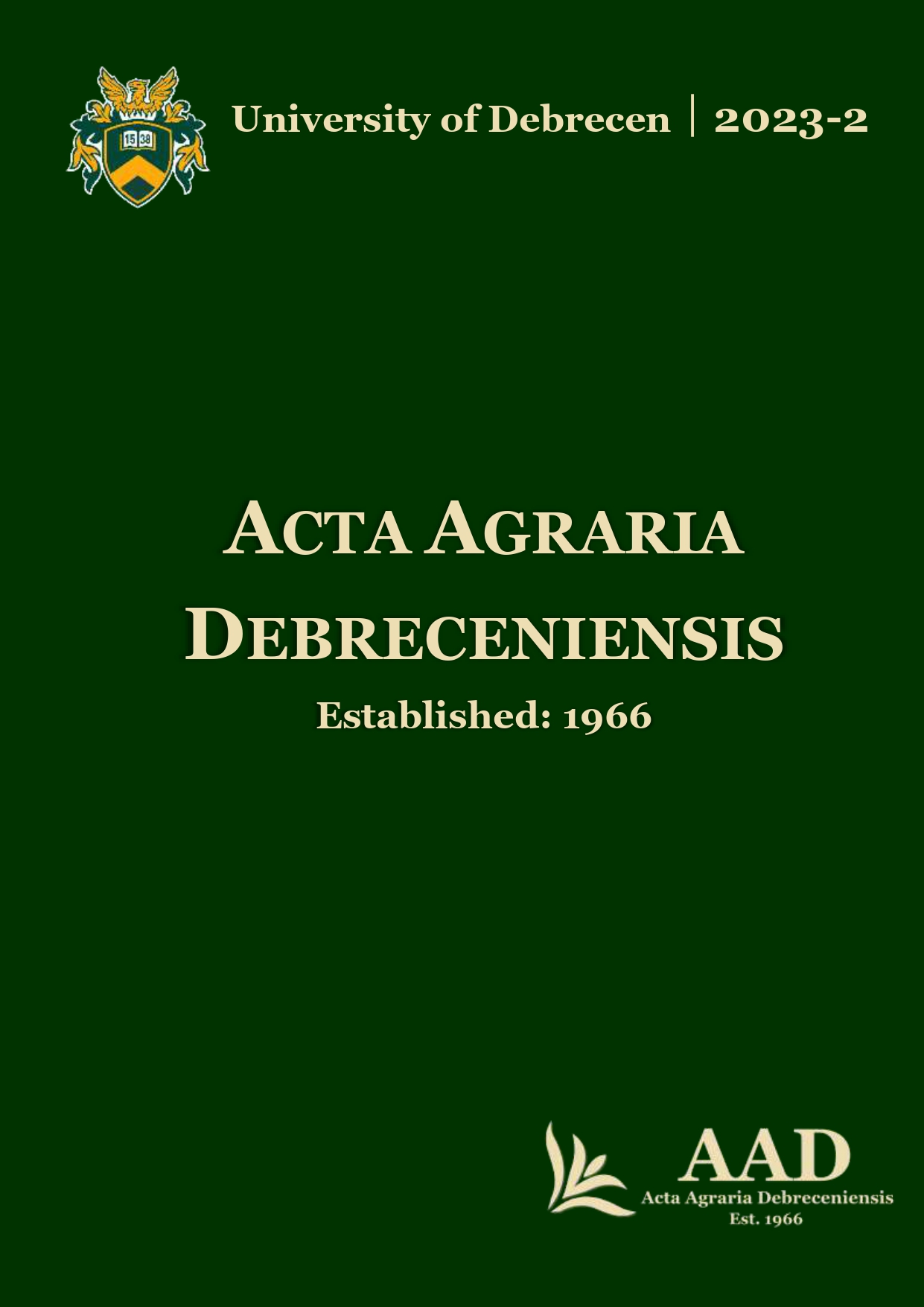Landscape tools to support the educational use of school grounds
Author
View
Keywords
License
Copyright (c) 2023 by the Author(s)

This work is licensed under a Creative Commons Attribution 4.0 International License.
How To Cite
Accepted 2023-05-25
Published 2023-12-01
Abstract
Recent years have seen an increasing emphasis on child-friendly concepts in landscape architecture and urban planning, as well as a growing emphasis on school grounds and environmental education, both in terms of pedagogy and landscape design. School grounds provide places for active engagement with the environment, for experiencing what is taught in class, and, are therefore of particular importance for education and for building children's connection with nature. The aim of this research is to develop a set of landscape architecture tools that can be used to promote child-friendly and education-centered design of school grounds. The research collects and organises the different school ground features, drawing on literature research, and the analysis of the Framework Curriculum. The toolkit presented in this paper lists and evaluates each feature according to its function, its relevance to school subjects and the specific knowledge or skills it can help to acquire, its space requirements and feasibility. To conclude, school grounds offer opportunities for teaching almost any subject and can therefore be linked to educational activities in multiple ways. The results of this research are to be developed into design guidelines in order to be used by designers and teachers alike, to help develop school grounds contributing to the well-being and environmental awareness of new generations.
References
- AM [2019]: Bővíti az Országos Iskolakert-fejlesztési Programot az Agrárminisztérium. Available online: https://www.kormany.hu/hu/foldmuvelesugyi-miniszterium/kornyezetugyert-felelos-allamtitkarsag/hirek/boviti-az-orszagos-iskolakert-fejlesztesi-programot-az-agrarminiszterium (accessed on 3 July 2019)
- Bell, A.C. (2001): Engaging spaces: On school-based habitat restoration. Canadian Journal of Environmental Education 6/1. pp. 209–224.
- Bell, A.C.–Dyment, J.E. (2006): Grounds for Action: Promoting Physical Activity Through School Ground Greening in Canada. Evergreen: Toronto, Canada. Available online: https://www.evergreen.ca/downloads/pdfs/Grounds-For-Action.pdf (accessed on 12 December 2022)
- Capra, F.–Comnes, L.–Cook, E.–Hawkins, D.–Jackson, W.–McCullough, Y.–Waters, A. (1999): The Edible Schoolyard. Center for Ecoliteracy, Berkeley, CA, USA.
- Community Design Collaborative (2015): Transforming Philadelphia’s Schoolyards. Community Design Collaborative: Philadelphia, PA, USA. Available online: https://cdesignc.org/uploads/files/547129531651180934-collaborative-transforming-philadelphias-schoolyards-guide.pdf (accessed on 12 December 2022)
- Danenberg, R.–Doumpa, V.–Karssernberg, H. (2018): The city at eye level for kids. STIPO Publishing: Rotterdam, the Netherlands, 394 p.
- Derr, V.–Chawla, L.–Minzer, M. (2018): Placemaking with Children and Youth: Participatory Practices for Planning Sustainable Communities. New Village Press: New York, USA, 416 p.
- Dyment, J.E. (2005): Gaining ground: The power and potential of green school grounds in the Toronto District School Board. Evergreen: Toronto, Canada. Available online: https://www.evergreen.ca/downloads/pdfs/Gaining-Ground.pdf (accessed on 12 December 2022)
- Grant, T.–Littlejohn, G. (2001.): Greening School Grounds: Creating Habitats for Learning. New Society Publishers: Gabriola Island, BC, USA.
- Jákli, E.–Boromisza, Zs. (2021): Fővárosi iskolakertek vizsgálata a környezeti nevelés tükrében: Analysis of school grounds in Budapest, in the context of environmental education. 4D Tájépítészeti és Kertművészeti Folyóirat / Journal of Landscape Architecture and Garden Art, 59, pp. 52–71. https://doi.org/10.36249/59.4
- Jákli, E.–Reith, A.–Almási, B.–Pap, M. (2022): The role of participatory planning in designing school environments. In Proceedings of the Fábos Conference on Landscape and Greenway Planning, 7, Paper 23, pp 1–11. https://doi.org/10.7275/6rjv-gj45
- LADDER [2020]: Ladder project. Available online: https://www.facebook.com/Ladder-project-104639894473369/ (accessed on 30 March 2023)
- Malone, K.–Tranter, P. (2003): Children's Environmental Learning and the Use, Design and Management of Schoolgrounds. Children, Youth and Environments, 13/2. pp. 87–137.
- Moore, R.C. (2006): Playgrounds: A 150-Year-Old Model. In Safe and Healthy School Environments. Editor Frumkin, H.–Geller, R.–Rubin, L.I.–Nodvin, J. Oxford University Press: New York, USA. pp. 86–103.
- Nabhan, G.P.–Trimble, S. (1994): The Geography of Childhood: Why Children Need Wild Spaces. Beacon Press: Boston, MA, USA.
- OH (2020): Oktatási Hivatal. A 2020-as NAT-hoz illeszkedő tartalmi szabályozók. Available online: https://www.oktatas.hu/kozneveles/kerettantervek/2020_nat (accessed on 1 December 2022.)
- PAPPUS [2020]: Plants and Play Producing Universal Skills. Available online: https://pappusproject.eu/the-project (accessed on 3 March 2020)
- Tranter, P.J.–Malone, K. (2004): Geographies of environmental learning: An exploration of children’s use of school grounds. Children’s Geographies, 2/1. pp. 131–155. https://doi.org/10.1080/1473328032000168813
- Vastag, Zs.–Suhajda, É.V.–Russell, W.–Burton, L.–Conibere, K. (2019): A Játékbarát Iskola cím – Kézikönyv iskolák részére. 73 p. Available online: https://bfc236e5-1361-4474-8eb4-5500bfee4e90.filesusr.com/ugd/5d4978_1e8a65f53e014804a302a127106803da.pdf (accessed on 15 February 2023)
- White, R. (2004): Young Children's Relationship with Nature: Its Importance to Children's Development & the Earth's Future. Available online: http://www.childrenandnature.org/uploads/White_YoungChildren.pdf (accessed on 15 December 2022)
- White, R.–Stoecklin, V. (1998): Children's Outdoor Play & Learning Environments: Returning to Nature. Available online: www.whitehutchinson.com/children/articles/outdoor.shtml (accessed on 15 December 2022)
- Wolf, U.–Tiedtke-Klugow, A.–Dietzen, M. (2014): Advisory service for the ecological, child-friendly design of school yards and kindergarten. Educational advisory service “Grün macht Schule” of the Berlin Senate Department for Education, Youth and Science, Berlin. Available online: http://www.gruen-macht-schule.de/images/downloads/Imagebroschuere_Gruen_macht_Schule-english.pdf (accessed on 12 December 2022).)

 https://doi.org/10.34101/actaagrar/2/12596
https://doi.org/10.34101/actaagrar/2/12596